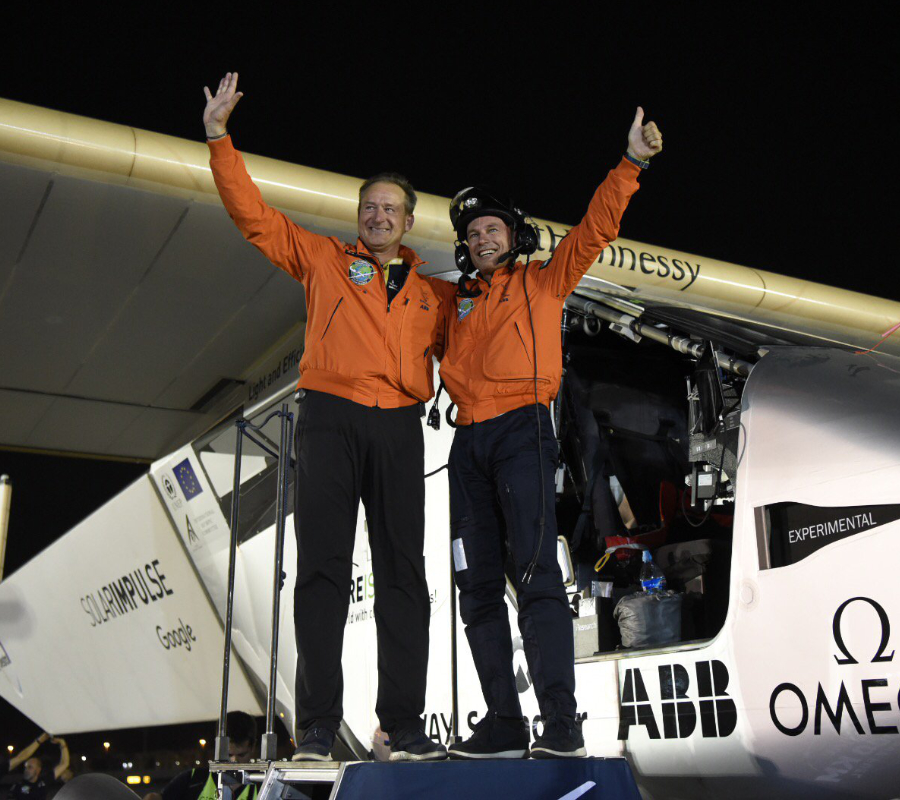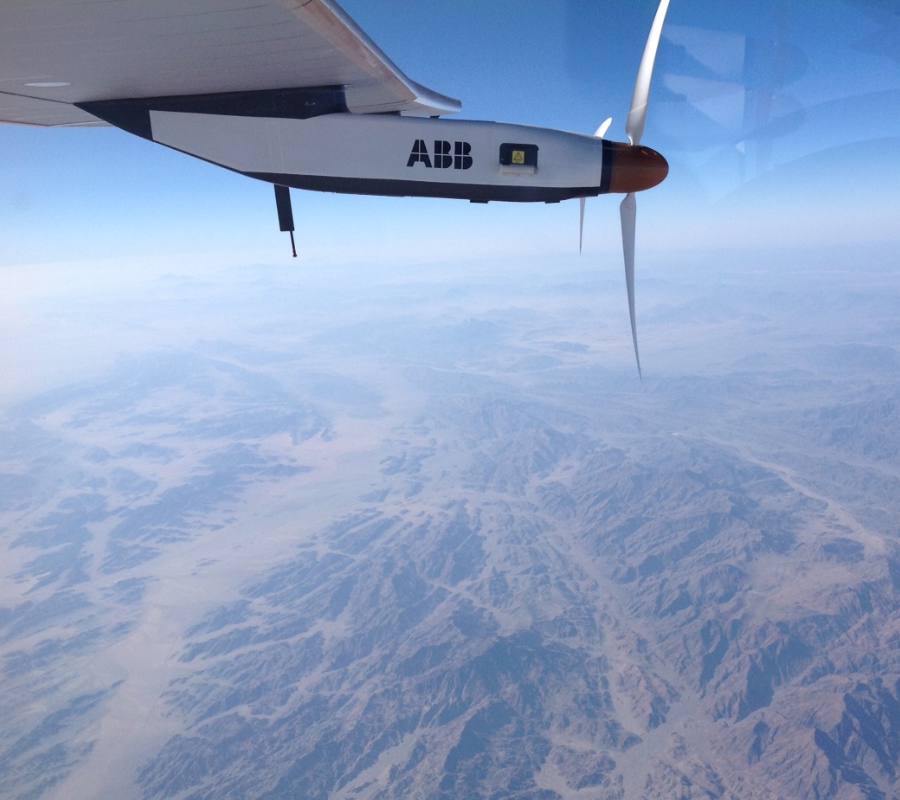The world’s first sun-powered aircraft performed a successful landing on Tuesday after completing a one-year mission. Solar Impulse 2 landed in Abu Dhabi. The sun-powered machine went on its very first mission last year. Its pilots and creators believe the project will encourage others to get more involved in initiatives to decrease greenhouse gas emissions.
“Our mission now is to continue to motivate people, corporations, and governments to use these same solutions on the ground wherever they make sense,” said Solar Impulse chairman and pilot, Bertrand Piccard, in a statement released this week. “By flying around the world thanks to renewable energy and clean technologies, we have demonstrated that we can now make our world more energy efficient,” said Borschberg, who also piloted the plane.

Solar Impulse 2 mission
In March 2015, the Swiss-engineered Solar Impulse 2 plane took off Abu Dhabi. Since then, it has made 16 stops across the world by using no fuel to demonstrate that it is possible to perform flights using clean technologies. This way, people can contribute to half of the world’s energy consumption, save natural resources and improve their quality of life.
Solar Impluse 2 is powered by 17,248 solar cells that transfer energy to four electrical motors to drive the plane’s propeller. The aircraft runs at night on four lithium polymer batteries. The plane catches the sun’s energy using its 236-feet wingspans.

Since its mission started, Solar Impulse 2 completed more than 500 flight hours at an average speed of 28 mph (45 kmh). The aircraft performed stops in Myanmar, China, Japan, Oman, India, Italy, Egypt, U.S., Spain, and the United Arab Emirates.
During its stops in the United States, the aircraft landed in New York, Oklahoma, California, Arizona, Pennsylvania, and Ohio.During its stops in the United States, the aircraft landed in New York, Oklahoma, California, Arizona, Pennsylvania, and Ohio.
Despite what it looks like, Solar Impluse 2 was not exempt from setbacks and problems. It was a year ago when pilots faced a nine-month delay after the plane’s batteries broke down when it was traveling from Japan to Hawaii.
In Cairo, the aircraft also went on delay for more than a week ahead of its final flight to Abu Dhabi. Piccard’s illness and poor weather conditions caused the delay before the plane’s final landing.
"You have flown 40K km w/o fuel. But you have much energy!" – Ban Ki-moon to @SolarImpulse https://t.co/I4i90mOA4A pic.twitter.com/H83Kneb6cW
— United Nations (@UN) July 25, 2016
The airplane is built in carbon-fiber materials. Its single-seater structure required two Swiss pilots, Piccard and Andre Borschberg, to perform solo flights, switching turns for long days and nights.
To face the challenge, Piccard and Borschberg said they resorted to self-hypnosis and yoga to control their minds and manage fatigue episodes during the entire mission.
The aircraft has also achieved flight records thanks to its renewable energy. It has been the first solar-powered airplane to cross the Atlantic Ocean in 70 hours. Borschberg, in turn, shattered the record for the longest flight duration by an aircraft flying solo during its flight over the Pacific Ocean at 118 hours.
Estimated at more than $100 million, the Solar Impulse project was launched in 2003 by Piccard and Borschberg.
The 72m wingspan airplane is slowly entering the ⛺️ tent one last time, as the sun slowly appears in the background pic.twitter.com/jRLSXPe7nj
— Solar Impulse Foundation (@solarimpulse) July 26, 2016
Source: Solar Impulse
